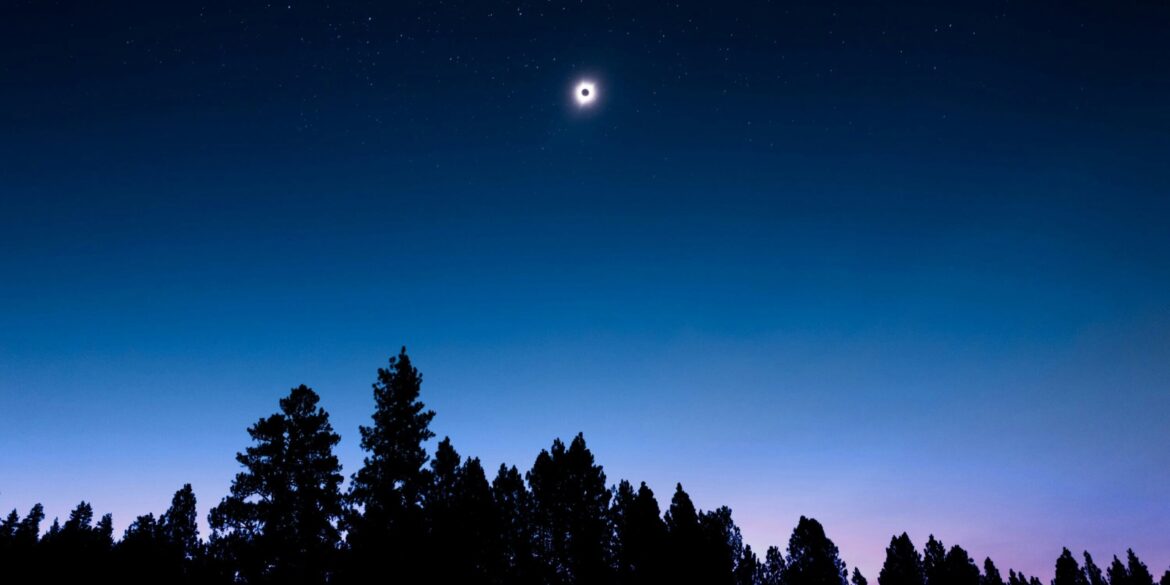On the morning of August 10, 2025, people across the United States looked skyward to witness a rare celestial display—a planetary parade that brought six planets into alignment in the pre-dawn sky. The spectacle offered an enchanting start to the day, with Mercury, Venus, Jupiter, and Saturn shining brightly enough to be seen without optical aids, while Uranus and Neptune revealed themselves only to those equipped with binoculars or a telescope.
The optimal viewing time was just about an hour before sunrise, when the planets appeared low on the eastern horizon in a graceful arc. This timing allowed early risers in both urban and rural settings to catch the sight before the growing daylight washed it away. For many, it was a fleeting but unforgettable glimpse of our solar system’s grandeur—a cosmic choreography that occurs rarely and briefly.
This particular alignment carried added significance because it was the final planetary parade of 2025. While multiple planets can often be spotted together at various points in the year, alignments featuring as many as six are much less common. For seasoned astronomers, the event was a valuable opportunity to observe multiple planetary bodies in one sweep of the sky. For casual stargazers, it was a moment to connect with the night—soon to become morning—in a way that blended beauty, science, and a sense of shared wonder.
From public observatories hosting early-morning viewings to families setting alarms and stepping into their backyards in pajamas, the occasion drew people out of their routines and into the quiet awe of the natural world. Many found the experience meditative, as the stillness before sunrise amplified the sense of being part of something vast and enduring. Others described it as energizing, an inspiring prelude to the day ahead.
Events like this planetary parade underscore the power of astronomical phenomena to unite people across backgrounds and interests. Amateur astronomers often seize these occasions to share their knowledge with newcomers, while photographers seek to capture the delicate balance of darkness and early light framing the celestial lineup. Even for those unfamiliar with the intricacies of planetary motion, the sight of so many worlds aligned above the horizon is enough to stir curiosity and appreciation.
As the Sun rose higher and the planets faded from view, the moment passed—but its impact lingered. Whether experienced through a telescope’s magnified lens, a pair of borrowed binoculars, or simply with the naked eye, the August 10 alignment left many participants with a renewed sense of connection to the sky above and the universe beyond. In a year filled with many terrestrial challenges and distractions, this shared morning of quiet marvel was a gentle reminder of our place in a much larger story—one written across the stars and the spaces between them.


